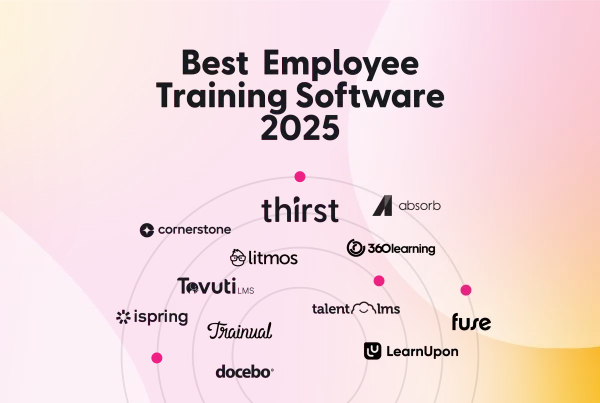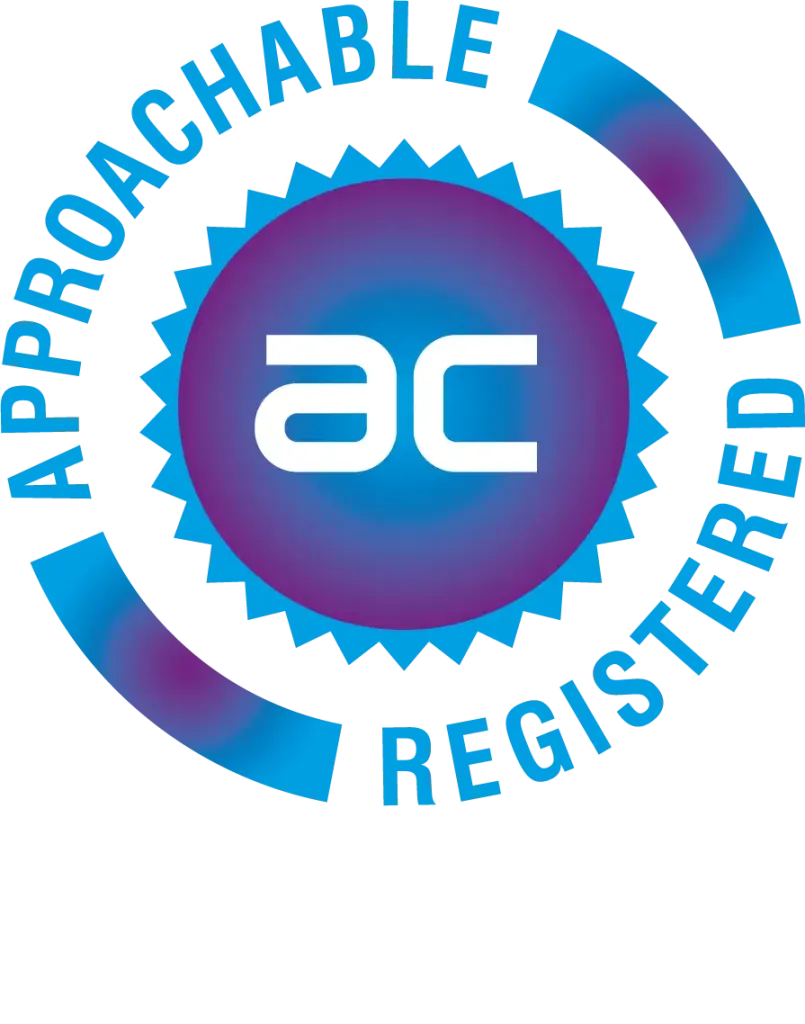Has anyone actually learned something valuable from a 50-slide PowerPoint presentation? Well, the truth is, most real learning doesn’t happen in classrooms.
It happens on the fly, in Slack threads, in corridor convos, or while watching a “how-to” on YouTube or TikTok over lunch.
That’s informal learning. And if you’re in L&D, it’s time to start taking it seriously.👇
So, what is informal learning?
Informal learning is the type of learning that’s unstructured, spontaneous, and usually self-directed.
It doesn’t come with a curriculum or a set schedule. You won’t find any quizzes or certificates…but it’s powerful!
It happens when people:
- Ask a colleague for guidance on how to do something.
- Try, fail, and try again (and again).
- Jump on AI, Google or YouTube for answers.
- Get curious about something in a meeting and go down a rabbit hole.
This is the kind of learning that actually sticks because it’s relevant, timely, and self-motivated.
As an L&D expert, this may concern you, but informal learning isn’t a threat to formal L&D; it’s the hidden advantage. It bridges the gaps that structured courses can’t always cover!
Key Characteristics of Informal Learning
Think of informal learning as the “always on” version of development.
Here’s how it typically shows up…
💬 Social: Learning through conversations, collaboration, or community
📍 Contextual: Happens in the flow of work, not separate from it
🧠 Self-directed: Driven by the learner’s own curiosity or needs
🚫 Unstructured: No formal curriculum, timeline, or assessments
Informal learning is messy. It’s human. It’s real. And it’s happening whether you support it or not.
Formal vs. Informal vs. Non-Formal Learning
Let’s break this down simply…
Formal learning is highly structured.
It’s delivered by instructors or trainers through courses, workshops, or academic programs. It usually includes assessments, certifications, and a set curriculum.
Informal learning is unstructured and spontaneous.
It’s driven by the learner and occurs through activities such as conversations with peers, trial and error, or searching for answers online. There’s no formal assessment, and no proof, just real growth.
Non-formal learning sits in the middle. It’s more flexible than formal learning, but still has some structure.
Think webinars or short-term mentoring programs. It’s often facilitated, may have optional assessments, and sometimes comes with a certificate of participation.
Examples of Informal Learning at Work
Let’s bring this to life.
Here are some real-world examples of informal learning in action at SMEs:
- Slack Channels: An #ask-anything thread where team members post quick questions and crowdsource solutions.
- Peer Coaching: You’re stuck on a spreadsheet formula, so you ping Sam from Finance. She walks you through it on a quick call.
- YouTube Tutorials: You’ve been asked to edit a short video. You Google “How to use CapCut” and watch a 5-minute tutorial.
- Shadowing: You casually sit in on a product demo to learn how the sales team pitches to customers.
- Learning by Doing: You jump into a new project, figure it out as you go, and ask loads of questions along the way.
Sound familiar?
That’s the informal magic already happening in your organisation.. ✨
Why Informal Learning Matters for L&D Teams
Did you know that informal learning often accounts for up to 70% of workplace learning?
Let that sink in. 🤯
Most of what people actually learn at work is happening outside the walls of their formal training programs.
So if your L&D strategy doesn’t make space for informal learning, you’re missing a trick.
It’s faster. It’s cheaper. And it meets people exactly where they are.
When L&D teams embrace it, they become enablers, not gatekeepers of development.
How L&D Teams Can Support Informal Learning
Okay, so how do you support something that’s… informal?
Here are a few ways:
- Create spaces for knowledge sharing. Think Slack channels, lunch & learns, internal wikis, anywhere people can share what they know.
- Foster a culture of curiosity. Give people permission to ask questions, explore ideas, and fail safely.
- Leverage tech that makes learning discoverable. (Hey, 👋 that’s where a Learning Experience Platform like Thirst comes in.)
- Encourage mentoring and peer learning. Not everything needs to come from an expert. People learn best from people like them.
- Curate resources, not just courses. Articles, podcasts, and templates can all be helpful learning tools.
Can You Measure Informal Learning?
Short answer? Yes…but not in the traditional sense.
You can look at:
- Engagement in knowledge-sharing channels
- Peer-to-peer feedback
- Uptake of curated resources
- Learner-generated content
- Trends in skills usage or performance over time
Better yet, platforms like Thirst help surface insights from informal interactions so you can see what’s resonating and replicate it.
Final Thoughts
Informal learning isn’t the enemy of structured L&D. It’s the secret weapon.
It fills the gaps between your courses.
It meets people in the moment. And it helps turn your team into lifelong learners without burning through budget or time.
So the next time someone asks how to support learning at work, remind them:
Sometimes the best learning doesn’t look like “learning” at all.
Thirst can help you with all of this AND MORE…
Here’s how…
1. Social & User‑Generated Learning 🔧
Thirst encourages employees to create and share micro‑lessons, insights, and tips (learner-generated content) with comments, likes, and discussion threads.
Thirst also encourages peer-to-peer knowledge flow, great for capturing and distributing informal bits of expertise that happen day‑to‑day beyond formal courses
2. AI‑Powered Personalisation 🧠
Thirst uses AI and machine learning to surface relevant content, structured modules, articles, and user posts based on each learner’s skills and career goals. It also keeps learners engaged with informal snippets in the flow of work, filling gaps between formal sessions naturally
3. Learning in the Flow of Work📱
Thirst has built-in search and a mobile app to let employees find or share content instantly when they need it, perfect for informal learning on the go.
4. Automated Campaigns & Notifications 🛠️
Thirst sends alerts and reminders not just for courses, but also for shared content, peer questions, events, and new user‑generated resources.
5. Skill Tracking & Gap Filling 🎯
Thirst analyses both formal and informal interactions to identify skill gaps and automatically recommends content to bridge them.
6. Insights & Reporting 📊
Thirst offers dashboards to monitor informal learning activity (likes, posts, comments), helping you measure engagement and the real-world impact.
Got 2 Minutes?
If your organisation is struggling with disengaged learners, Thirst has the solution. 🔥
Thirst is an AI-powered learning platform that helps L&D teams of all sizes boost learner engagement and create experiences tailored to today’s learners.
Take a guided tour today and see Thirst in action.
For more e-learning insights, resources and information, discover the Thirst blog.
You may also enjoy:
LMS Adoption Strategy: The Complete Playbook | 7 Ways to Improve Your Learning Culture | Synchronous vs Asynchronous Learning: The Main Difference







